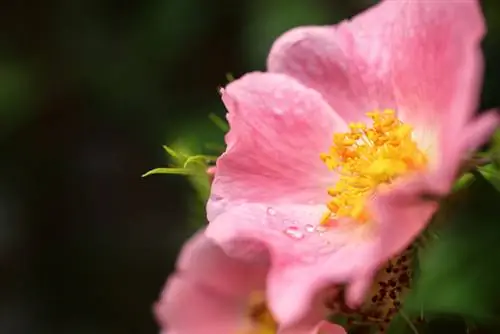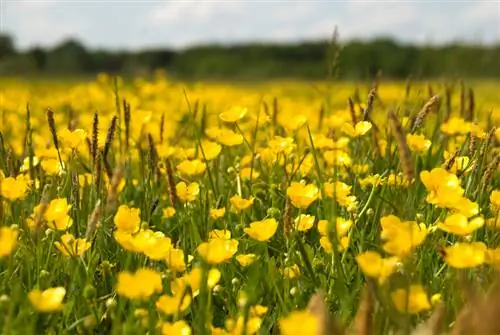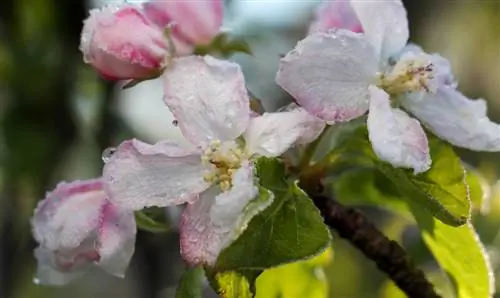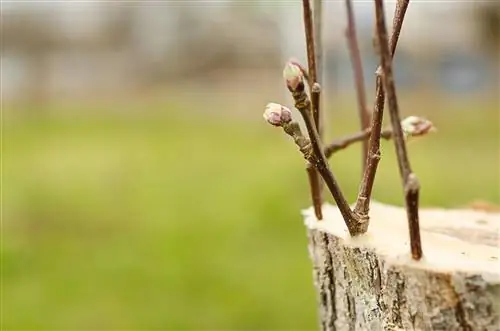- Author admin [email protected].
- Public 2023-12-16 16:46.
- Last modified 2025-01-23 11:20.
The rose family is very large, with an estimated 3,000 species, and includes many well-known types of fruit as well as numerous ornamental shrubs and trees, particularly the roses that give it their name. Within the family there are only a few common characteristics, but the individual members differ greatly in numerous characteristics.
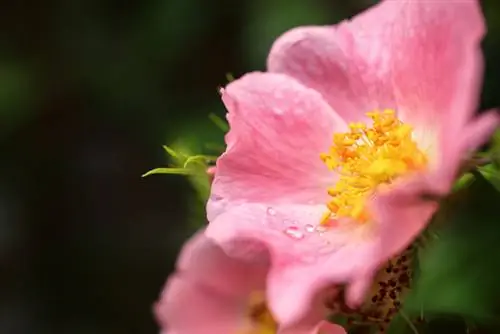
What is a typical profile of rose plants?
Rosaceae (Rosaceae) are a large family of plants with around 3,000 species, including fruit trees, shrubs and ornamental plants. Typical characteristics are radially symmetrical flowers with five sepals and petals each, alternate foliage with stipules and various fruits, often involved in fruit formation.
Roses at a glance
- Class: Angiosperm
- Order: Roseate (Rosales)
- Family: Rosaceae
- Subfamilies: Spiraeoideae (spiraeids), Rosoideae (rose-likes), Maloideae (apple-likes), Prunoideae (stone fruit family)
- Genera: about 90 different
- Species: about 3000 different
- Growth forms: trees, shrubs or herbaceous plants
- Distribution: worldwide, but especially in the northern hemisphere
- Typical features: flower base often involved in fruit formation
- Location: very different depending on the species
- Flower: usually five sepals and five petals
- Fruits: different, collected or stone fruits, nuts etc.
- Foliage: alternate with stipules
- Use: many ornamental and useful plants
Great economic importance of the rose family
Roses, apples, pears, quinces, plums, strawberries, raspberries, ranunculus, almonds, peaches, cherries, hawthorn, medlars, goat's beard, lady's mantle and many more well-known garden plants appear so different on the outside, but they have a lot in common: They are more or less closely related and are therefore considered part of the rose family. Within this area there are many fruit trees and bushes as well as ornamental plants of great economic importance. Above all, the different types of fruit (not only strawberries and raspberries, but also all types of stone and pome fruit belong to this large plant family) are immensely important for humans in terms of nutrition.
Special features of flower structure
If you have the opportunity, pick up an apple blossom and a wild rose blossom and take a closer look at both. You will notice that the structure of both flowers is identical, because both species have flowers with five sepals and five petals in a radially symmetrical structure. Even the double flowers of some noble and shrub roses have the same structure, even if they look completely different on the surface. Here only the pollen was formed into additional petals. It is also typical that in many rose plants part of the flower base helps to shape the fruit, for example by covering the ovules in a thick, fleshy coating, as in pome fruit (for example in apples or pears).
Tip
Most rose plants have very large flowers, which are usually hermaphrodite and rely on cross-pollination.

